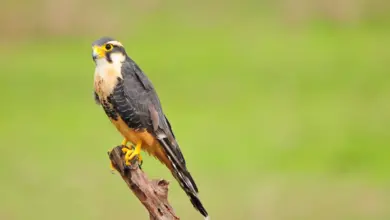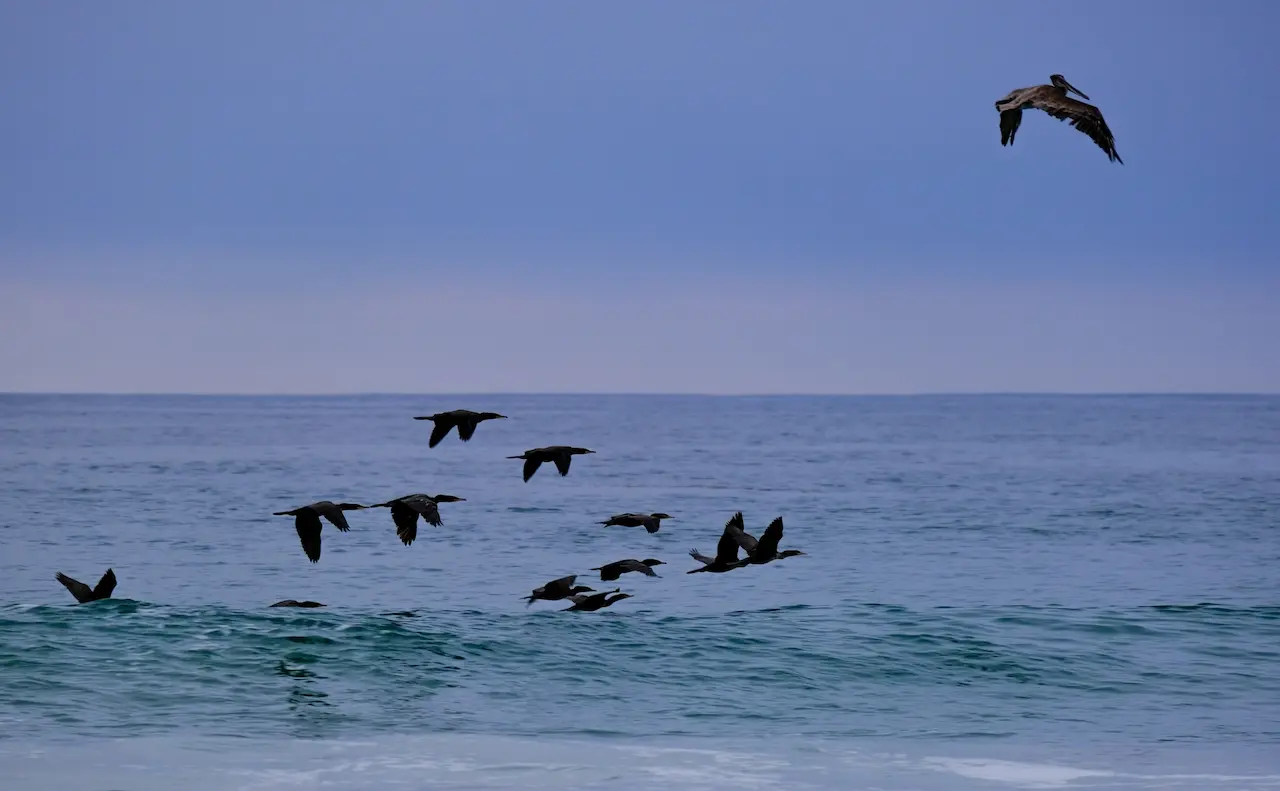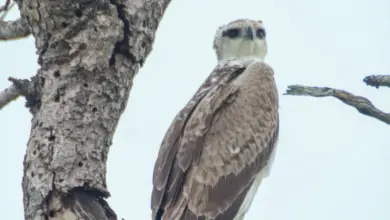Eastern Chanting Goshawks
The Eastern Chanting Goshawks (Melierax poliopterus) is a hawk that breeds in eastern Sub-Saharan Africa.
The southern form- called the Southern Pale Chanting Goshawk – is resident in dry, open semi-desert with 75 cm or less annual rainfall.
They are commonly seen perched on roadside telephone poles or walking on the ground as they are searching for prey.
Description
The Eastern Chanting Goshawk measures 56 – 65 cm in length (including the tail) The eyes are red. The bill is reddish with a dark tip. The long legs are also reddish.
The adult’s upper plumage is grey, except for the white rump. The central tail feathers are black-tipped with white, and the outer feathers are barred grey and white. The head and upper breast are pale greys; the rest of the under plumage is finely barred in dark grey and white.
It is paler than the grey-rumped Dark Chanting Goshawk, Melierax metabates.
In flight, the adult has black primary flight feathers, very pale grey (white from a distance) secondaries (shorter, upper “arm” feathers), and grey forewings. The wingspan is about 105 cm.
Immature birds have a brown upper plumage, with a white rump and black bars on the tail. From below, the flight feathers and tail are white with black barring, the throat is dark-streaked white, and the rest of the under plumage is Rufus.
Diet / Feeding
They mostly feed on lizards, but will also take small mammals, birds, and large insects.
Calls / Vocalizations
They are generally quiet; except during the breeding season, when the male makes a series of tuneful whistling calls kleeuu, kleeuu-ku-ku-ku from a tree-top perch.
Nesting / Breeding
The relatively small stick nest is typically placed in an acacia at a height of 3 to 10 m.
The female lays and incubates one or two pale bluish or greenish-white, unmarked eggs.
Only one chick is normally reared from a nest of two. After leaving the nest, the young usually remain near the nest for several months and in the following year may display in the same area.




